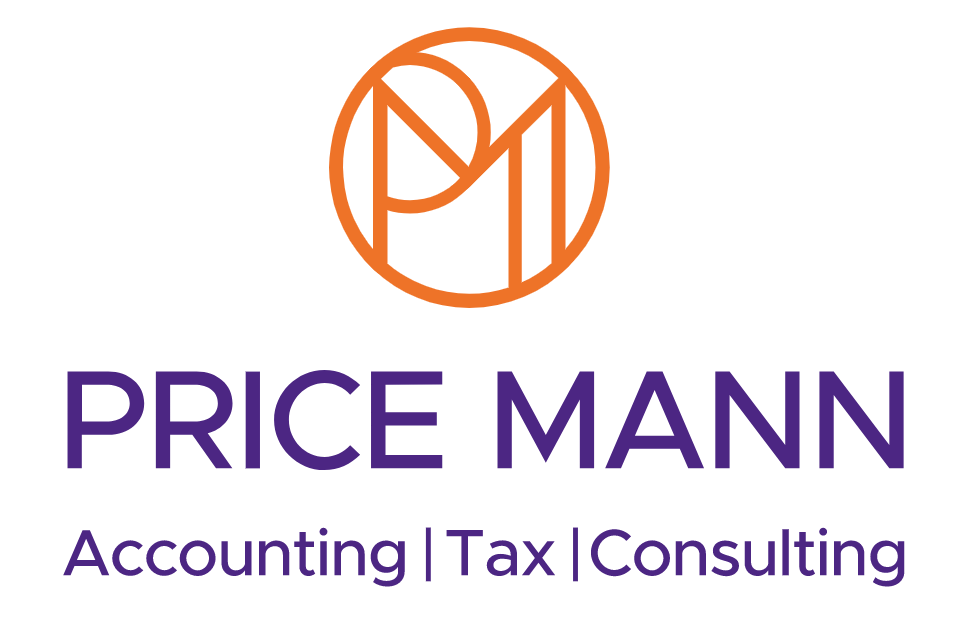Cryptoassets: how are they taxed in 2022?
Cryptoassets: how are they taxed in 2022?
HMRC’s evolving approach towards taxing crypto.
Cryptocurrencies continue to become more mainstream, and the taxman’s very aware of the gains investors have made in the last five or six years.
Back in 2009, investors could snap up one Bitcoin for $1. Fast forward to January 2022 and it would cost $47,000 (£34,700) per Bitcoin – down from a November 2021 peak of more than $60,000 (£44,400).
There are other high-risk, speculative, volatile cryptocurrencies out there, too, and these continue to ensure speculative fortunes are being made and lost.
Bitcoin is by far the most well-known cryptocurrency. However, there are more than 1,000 others in existence, such as Ethereum, Ripple, Dogecoin, and Litecoin.
Like many high-risk investments, these go through boom and bust cycles and, depending on when you buy (or acquire) them, they can make you either a millionaire or bankrupt you.
Cryptocurrencies don’t just pique investors’ interests; HMRC is taking a growing interest in their use and, of course, is keen for people to be reporting any gains.
In 2014, it issued basic guidance before replacing it with a comprehensive policy paper six years’ later that helps us all better understand HMRC’s stance.
What are cryptocurrencies?
Cryptocurrencies are digital currencies or digital money. They are not something tangible, such as the cash, cards or smartphones we all use. They're completely virtual.
Although we cannot see or touch cryptocurrencies, their value can be stored in a ‘digital wallet’ on a smartphone or computer, and investors can send them to vendors to purchase items.
The exchange of these cryptocurrencies are known as peer-to-peer transactions, which simply means there are no banks or other third parties involved.
Instead, every transaction is recorded on a blockchain and relies on a network of secure public computers to verify and record all transactions made.
How are cryptocurrencies used?
Investors involved with cryptocurrencies must be happy with taking exceptionally high risks to see their investments grow.
That said, one’s moral compass comes into play as cryptocurrencies need a lot of processing power – generating new Bitcoins has been said to use as much electricity annually as a small country such as Chile or Belgium. They also allow criminals to launder astronomical amounts of dirty money.
This arises from the fact cryptocurrencies are decentralised and do not rely on the global banking system. It means they might be attractive to people who want to transfer vast sums of money quickly and at low cost.
Some businesses are starting to use them, too, including some of the household-name companies like Microsoft, Burger King, PayPal and Tesla.
For business or pleasure?
To take a look at how they are taxed, we need to consider if the use is for business or pleasure. HMRC has published separate guidance on each, albeit with a degree of overlap.
It’s more common for personal taxation issues to arise for taxpayers who invest in cryptocurrencies, but it’s useful to understand two overriding points which may have a bearing on both personal and business transactions.
The first is that, despite the name, HMRC does not class cryptocurrency as currency or money. And second, the tax treatment of cryptocurrencies continues to evolve.
Therefore, HMRC judges each case on its own facts, rather than by reference to terminology.
Personal cryptocurrency taxation
HMRC recognises that most individuals will hold cryptocurrency as a personal investment, hoping for capital appreciation.
This brings capital gains tax into play, so you might have to pay a tax on your gains, and you may be able to use losses to offset other taxable gains.
While it can be a highly speculative activity (Bitcoin value has been known to fluctuate by 65% in one day), HMRC does not consider it gambling.
This is a change of position from its 2014 guidance, so there is no capital gains tax exemption to be had on that front.
Capital gains tax
In 2021/22, the capital gains tax rates relating to non-residential property assets are 10% of the taxable gain within the basic-rate band and 20% where the gain falls in the higher-rate band.
Don’t forget you have an annual exemption for your first £12,300 of capital gains. This annual allowance is frozen until the end of the 2025/26 tax year on 5 April 2026.
Capital gains or losses usually only crystallise at the point of disposal of the asset. With cryptocurrency, this could be a sale for real-world money, exchanging it for another cryptoasset, using cryptocurrency to buy something or giving away your cryptocurrency (unless to a charity, in most cases).
As with some other assets, such as shares, further rules apply when you have multiple holdings of the same cryptocurrency which cannot be distinguished. This is known as pooling.
Good record-keeping is essential (it is with all cryptocurrency trades), and this is something to discuss with us if it is relevant.
There are some allowable costs which you can deduct from the value of the cryptocurrency disposal – some obvious, some not.
These include the initial purchase price, any related transaction fees prior to it being added to the blockchain, advertising costs to find a buyer or vendor, and the professional costs of valuing the disposal and drawing up the contract of the transaction.
Costs for mining or deducting against profits for income tax are not allowable when calculating your tax liability.
As cryptocurrencies don’t have a physical existence, this could present a problem as to which jurisdiction applies the taxes. HMRC takes the pragmatic view of looking at the residency of the beneficial owner (or owners).
Income tax
While some people might consider themselves as ‘traders’, HMRC sets a high threshold to hold this status.
However, if this threshold were reached and you were considered trading resulting in a taxable profit, then income tax would likely supersede capital gains tax.
Equally, if you were to make a loss, then this may be used to offset other income tax liabilities.
Other taxation scenarios
What we have outlined so far will cover most people’s forays into cryptoassets, but other scenarios may have tax consequences.
Mining is the act of directing your computing power to help produce a cryptocurrency. You are usually rewarded in cryptocurrency for doing this.
HMRC considers whether this constitutes a taxable trade based on how organised the activity is, how much of it you are doing, your risk undertaking, and the commerciality of your operation.
If a trade was deemed to have taken place from successful mining or a fee given to you, the benefit would be taxed as income. Capital gains tax may be payable at a future date on any disposal of cryptocurrency.
Airdrops apply when you receive an allocation of cryptocurrency without directly buying it, such as receiving cryptocurrency as part of a marketing campaign, for holding cryptocurrency or because you registered to become eligible.
Broadly, if the airdrop was in return for a service, then it’s likely to be taxable as miscellaneous income or receipts from an existing trade. If it was not, then it wouldn't be.
As with mining, any disposal of the cryptocurrency may attract capital gains tax.













